Uncodemy offers Advanced SAP PP Training in Noida for everyone, from beginners to experienced professionals looking to advance their careers in production planning and SAP systems. Our courses cover key areas like production order management, material planning, capacity planning, and integration with other SAP modules, all designed to help you start or further your career in SAP PP. We offer classes in various locations, including Noida, Gurgaon, Faridabad, Ghaziabad, Bhopal, Indore, and more. Enroll today and take the first step toward a successful career in SAP PP!
Our success stories speak volumes—most of our students have secured prominent roles in top organizations. We understand the importance of choosing the right training program, especially for beginners in Noida. Here’s why Uncodemy is the top choice for SAP PP training:

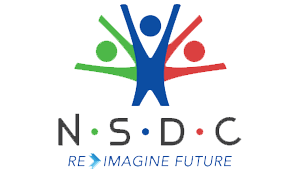

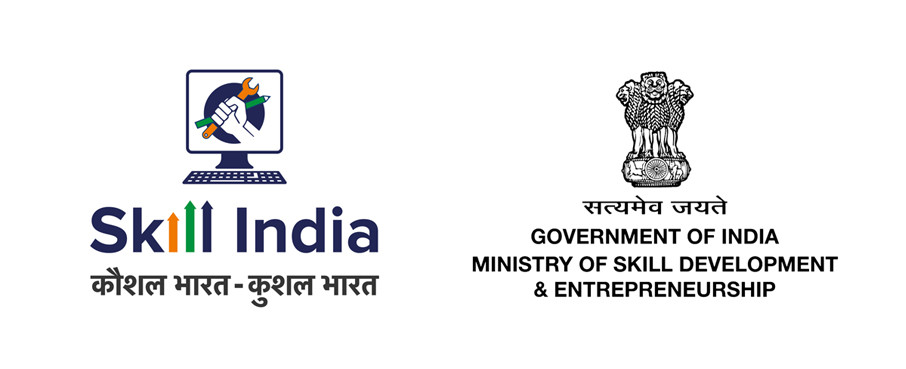

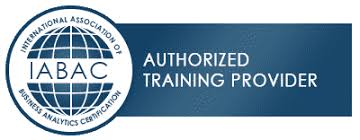

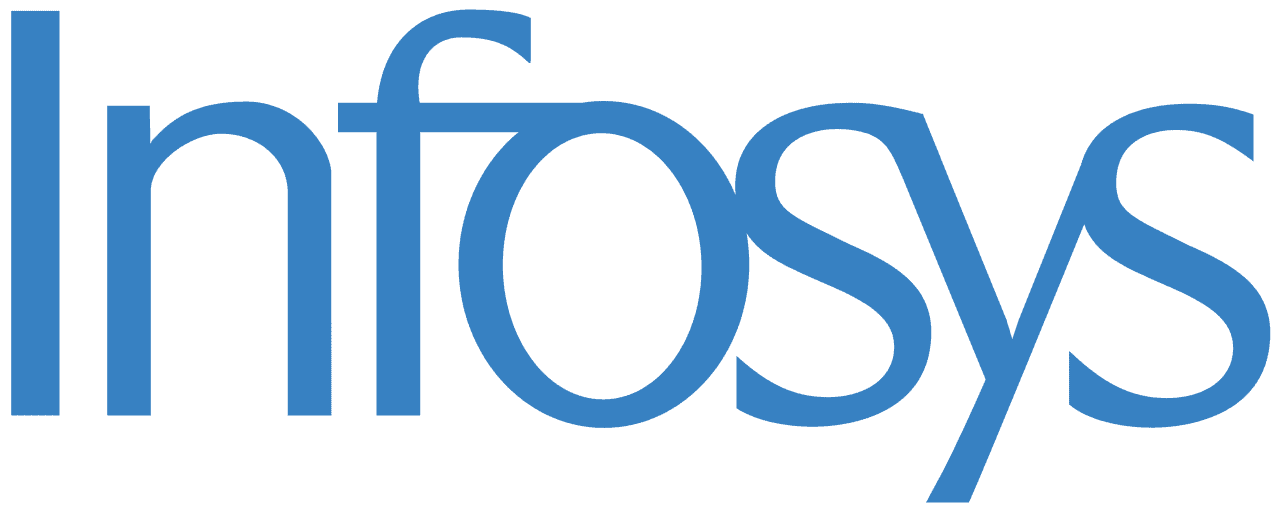










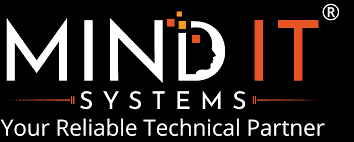



















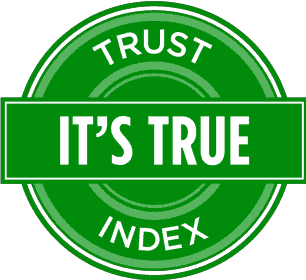
.png)
.png)







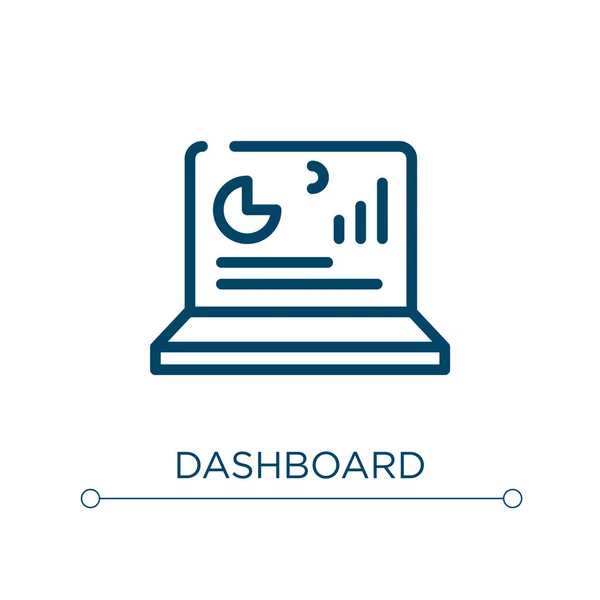



 Classroom Training
Classroom Training Live - Projects Work
Live - Projects Work Placement
Placement Internship
Internship





